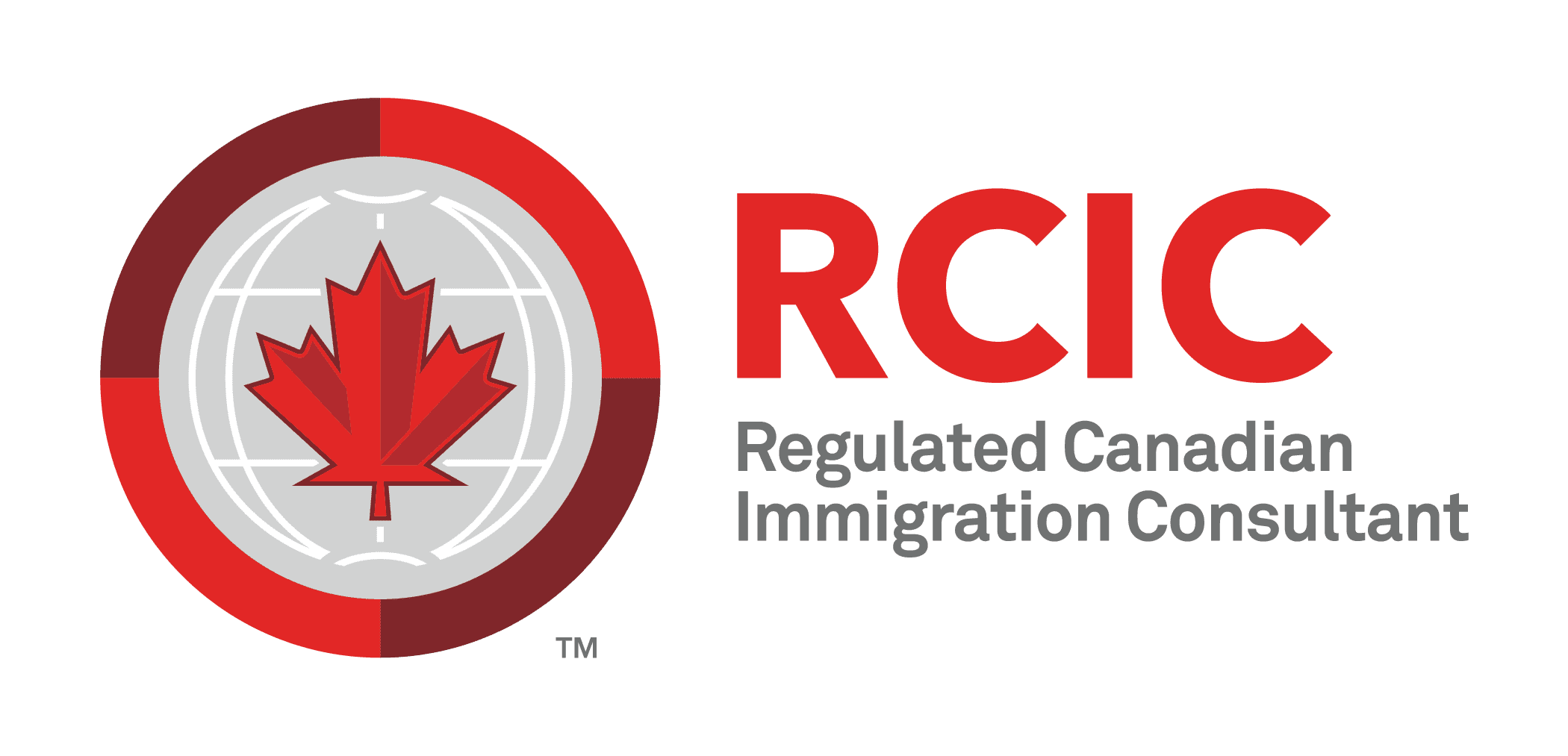Certainly! The Schengen Visa is a short-term visa that allows individuals to travel within the Schengen Area, which comprises 27 European countries. Here are the details you need to know about the Schengen Visa:
1. Schengen Area Countries:
- Austria, Belgium, Czech Republic, Denmark, Estonia, Finland, France, Germany, Greece, Hungary, Iceland, Italy, Latvia, Liechtenstein, Lithuania, Luxembourg, Malta, Netherlands, Norway, Poland, Portugal, Slovakia, Slovenia, Spain, Sweden, and Switzerland.
2. Types of Schengen Visas:
- Short-Stay Visas (Type C): This is the most common type and allows stays of up to 90 days within a 180-day period for tourism, business, family visits, or transit.
- Long-Stay Visas (Type D): For stays exceeding 90 days, usually for purposes such as work or study.
3. Purpose of Visit:
- Tourism, business, family visits, official visits, cultural/sports events, medical treatment, study, and airport transit.
4. Application Process:
- Apply at the embassy or consulate of the Schengen country you plan to visit first or, if you plan to visit multiple countries, the main destination (where you’ll spend the most time).
- Submit the application well in advance of your planned trip.
5. Required Documents:
- Completed visa application form.
- Passport-sized photos.
- Passport with at least two blank pages, valid for at least three months beyond the intended departure date.
- Travel itinerary (flight reservation, accommodation details).
- Proof of financial means (bank statements, sponsorship letter).
- Travel insurance covering at least €30,000 of medical expenses.
- Proof of paid visa fee.
6. Visa Fee:
- The fee varies depending on the type of visa, age, and nationality. It’s non-refundable, even if the visa is denied.
7. Processing Time:
- Typically, visa processing takes 15 calendar days, but it can vary.
8. Visa Validity:
- The visa’s validity depends on the purpose of your visit, with most tourist visas valid for the duration of your planned stay or up to 90 days within a 180-day period.
9. Multiple-Entry Visas:
- Some visas are issued as single-entry, while others may allow multiple entries.
10. Biometrics:
- In many cases, applicants need to provide biometric data (fingerprints).
11. Visa Interview:
- You may be required to attend an interview as part of the application process.
12. Schengen Visa Exemptions:
- Citizens of certain countries (e.g., EU countries, USA, Canada) may be exempt from the visa requirement for short stays.
13. Schengen Visa Extension:
- Generally, Schengen visas cannot be extended. If your circumstances change, you may need to apply for a new visa.
14. Common Rejection Reasons:
- Lack of proof of return, insufficient funds, incomplete documentation, or previous visa violations.
15. Border Checks:
- Once inside the Schengen Area, there are generally no border controls between member countries.
16. Overstaying:
- Overstaying the allowed duration can lead to penalties, deportation, and future visa rejections.
17. Schengen Area Residency:
- Having a Schengen visa doesn’t grant the right to live or work in the Schengen Area.
It’s important to check the specific requirements of the country you plan to visit, as they can vary slightly. Always refer to the official website of the embassy or consulate for the most accurate and up-to-date information.

